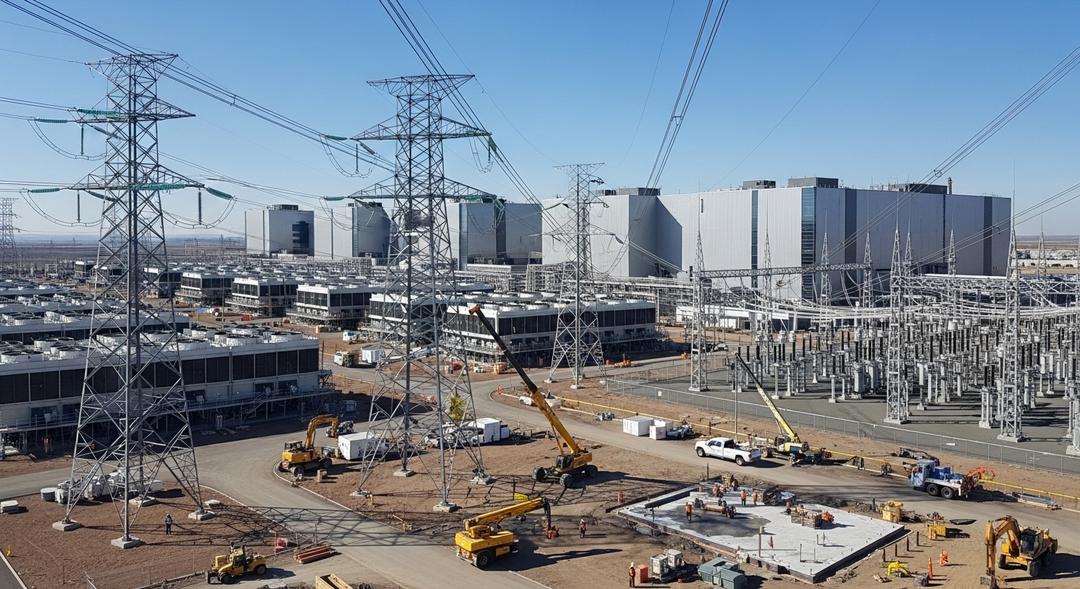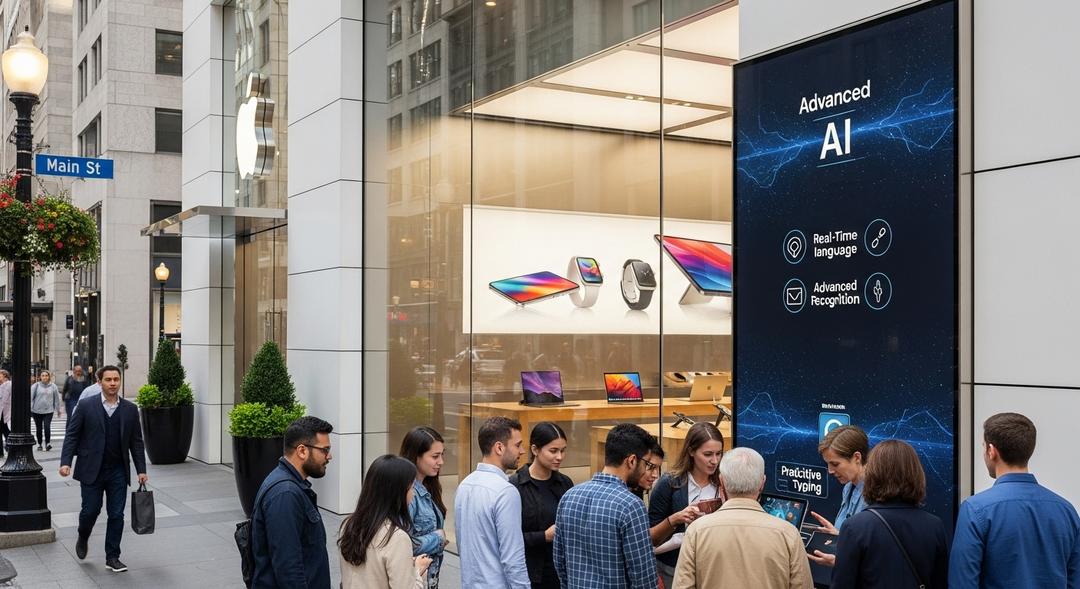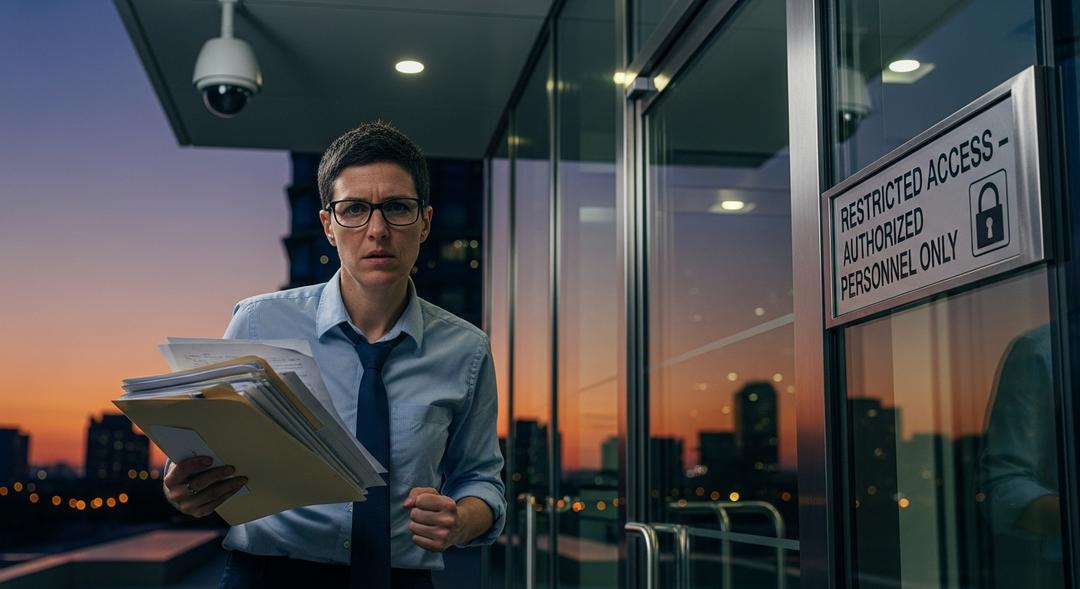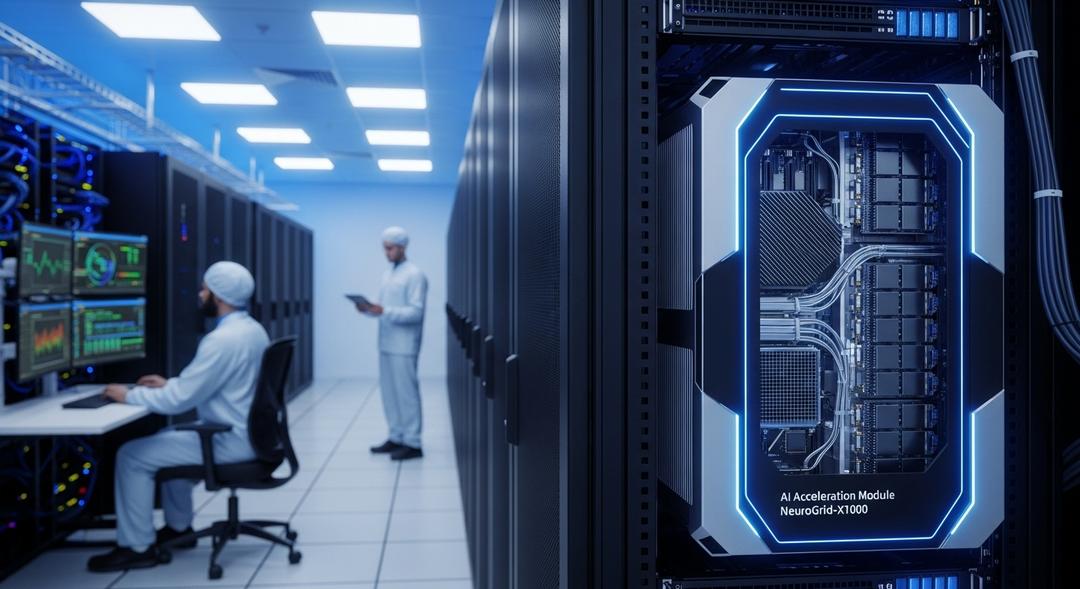OpenAI just signed a huge agreement with Broadcom, one that could change the way artificial intelligence is powered.
The two companies are teaming up to develop custom chips designed for AI workloads, aiming to build systems that draw a staggering 10 gigawatts of electricity.
If you are wondering how much energy that is, consider this: that is the equivalent of the amount of power used by a sprawling US city or about 8 million homes. It is a bold, almost daunting number, and shows how quickly artificial intelligence has become a driving force in energy demand.
OpenAI, known everywhere for ChatGPT, is no stranger to partnering with tech giants. Earlier, the company worked with Nvidia and AMD to shore up enough chips to meet the insatiable demand for its AI products.
This new deal, though, goes a step further. By developing its own custom chips with Broadcom, OpenAI can integrate what it has learned from its AI work right into the hardware that makes tools like ChatGPT possible. That means smarter, more efficient systems tailor-fit for the future of artificial intelligence.
Scaling Up for a Data Hungry Future
The plan is not just on the drawing board. Both firms say these new chips and network systems should start rolling out in the second half of 2026.
Sam Altman, OpenAI’s co-founder and chief executive, called the partnership “a critical step in building the infrastructure needed to unlock AI’s potential and deliver real benefits for people and businesses.”
The news sent Broadcom’s stock soaring more than 12 percent as investors raced to get in on the action.
Meanwhile, the energy debate around artificial intelligence is heating up. According to a Department of Energy report from this year, data centers in the United States could account for up to 12 percent of the nation’s total electricity usage by 2028, compared to just 4.4 percent last year.
A single ChatGPT request, Altman said earlier, uses as much energy as keeping a light bulb on for several minutes. Generating lifelike videos with OpenAI’s Sora model, which is gaining traction at a pace even faster than ChatGPT, will only increase those power requirements.
This custom chip effort spells out OpenAI’s vision: more control, more capability, and even larger scale for its AI systems. Last week, Hock Tan, Broadcom’s chief executive, hinted during an earnings call that Broadcom had secured a ten billion dollar client. That mystery client, it turns out, is OpenAI.
Integrating all these pieces sets the stage for a new era in how advanced artificial intelligence is both powered and built.








